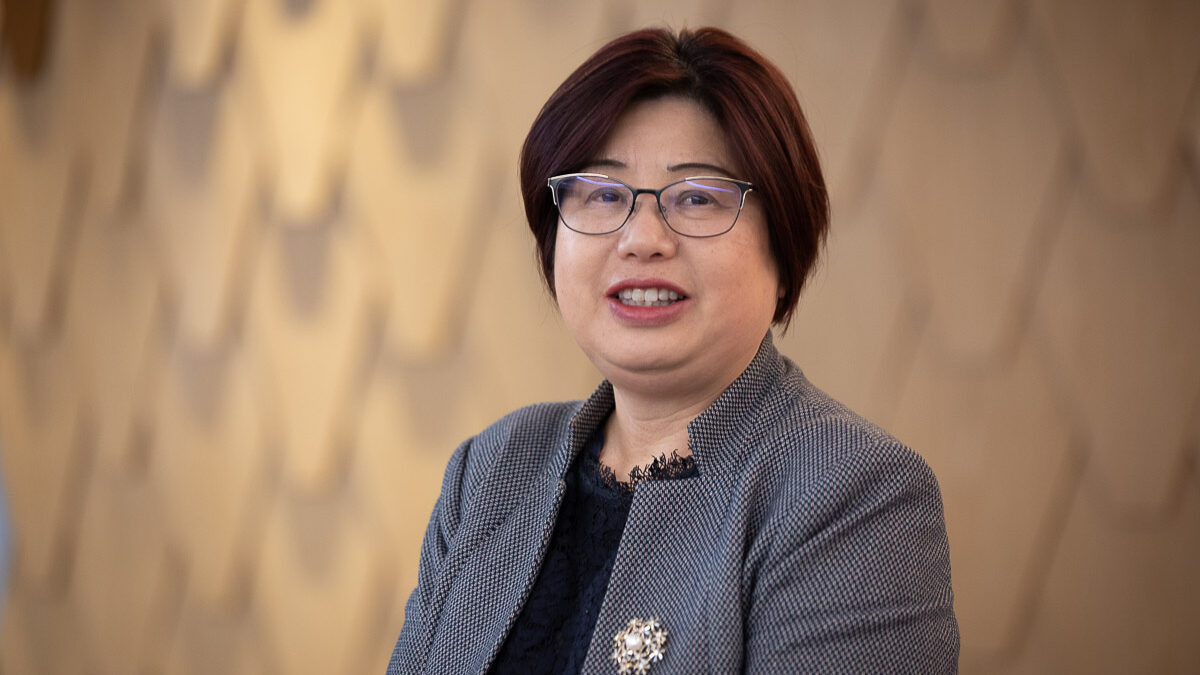
Childhood cancer kills more children than any other disease in Australia, with around 15 Australian children under the age of 15 being diagnosed with cancer each week.
In recent decades, research into childhood cancer has led to steady improvements in survival rates, with around 84% of children in Australia diagnosed with cancer surviving for five years or longer.
Most of these children will have the same long-term prognosis as those who have never had cancer. But these statistics aren't consistent, as survival rates for some common types of cancer in children have not improved in more than 25 years.
That's why new approaches to treatment are critical for a cancer free future.
Neuroblastoma and medulloblastoma in early childhood
Neuroblastoma (NB) and medulloblastoma (MB) are the most common forms of solid tumour in early childhood, caused by irregular growth of early nerve and cerebellum cells, respectively.
Unfortunately, they're also amongst the most aggressive and treatment resistant cancer types in children.
Current treatment plans for these cancers can involve experimental therapies or high-intensity chemotherapy, which often carry devastating side effects.
Not only is the survival rate for high-risk cases still below 50%, but children who are successfully cured are often left with long-term complications.
New treatment options are urgently needed to increase survival rates and improve the care of children living with these cancers.
Associate Professor Belamy Cheung and her team have set out to change the way clinicians are managing NB and MB through investigation into molecular-based treatment methods.
Personalised approach to childhood cancer care
Since first receiving support from Cancer Council NSW in 2021, Associate Professor Cheung and her team have been researching the use of new compounds that target the proteins (MYCN and c-Myc) responsible for driving malignancy in NB and MB.
After observing significant reductions in tumour size in pre-clinical trials, the team now has a stronger understanding of how these drugs work.
Now they can be effectively paired with other compounds in combination therapy, including alongside existing chemotherapy.
Associate Professor Cheung's team looked at the toxicity of the drug combinations on normal cells, to develop safer and more effective methods of therapy.
Their research indicated that the patients with high levels of MYCN and c-Myc expression have better response to the novel combination therapy, thus it can help identify which patients will benefit most from this form of treatment. .
What's next for Associate Professor Belamy Cheung and her team?
Working towards their goal of improving NB and MB outcomes in children, the research team has gathered the data needed for clinical trials in near future.
This is exciting news as the team understands the optimal combination therapy, drug dosages, and administration schedules, which can be brought forward to clinical trials.
The team have also successfully established a clear path to clinical implementation and hope to initiate an international trial as soon as possible.
In the long term, Associate Professor Cheung aims to establish this combination therapy as the standard form of treatment for children with NB and MB.
Thanks to your consistent support and generosity, Cancer Council NSW can fund crucial research projects like these.
Associate Professor Cheung's research has been funded by a Cancer Council project grant awarded in 2021.
To support more life-saving cancer research and programs, consider making a donation today.






